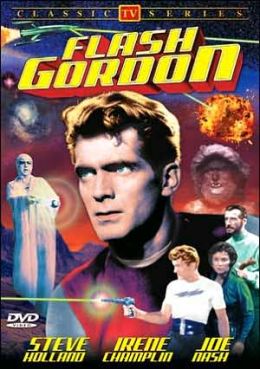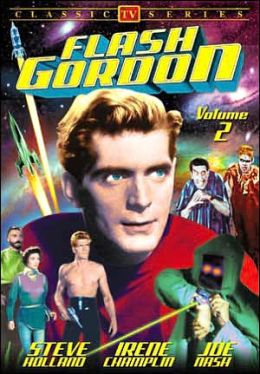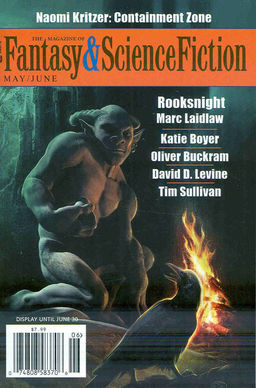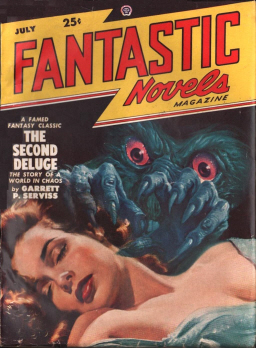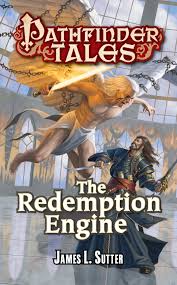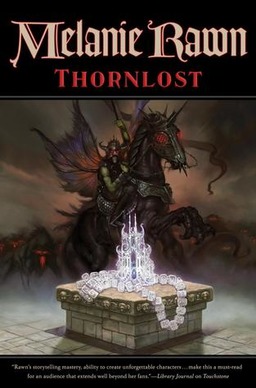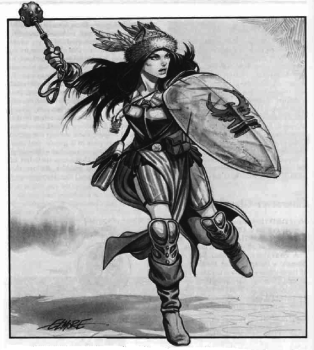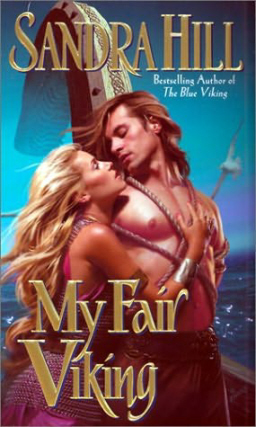Los Caballeros Templares
 There’s something about the history – and the legends – of the Templar Knights that catches at the imaginations of historical and fantasy writers alike. In The Faerie Queene, Edmund Spenser had his Red Cross Knight, Michael Jecks, write the Knights Templar Books, a mystery series, and, just to give one example from our genre, there’s the fantasy anthology, Tales of the Knights Templar.
There’s something about the history – and the legends – of the Templar Knights that catches at the imaginations of historical and fantasy writers alike. In The Faerie Queene, Edmund Spenser had his Red Cross Knight, Michael Jecks, write the Knights Templar Books, a mystery series, and, just to give one example from our genre, there’s the fantasy anthology, Tales of the Knights Templar.
Everyone knows something about the Templars, but not everyone knows about their presence in Spain.
The history of the Knights of the Temple of Jerusalem begins around 1119, when nine Christian knights, settled in the Holy Land after the first Crusade, took vows of chastity, poverty, and obedience, like any other monks. But unlike ordinary monks, they also vowed to protect the pilgrims who now flocked to visit the area.
Sort of like holy policemen.
Their approach was a popular one, their numbers started growing, and the group received official recognition and papal approval around 1129. Like other official religious orders – the Benedictines, the Dominicans – the Templars started receiving donations of money and land. One of the early kings of Aragon, for example, part of modern day Spain, left the Templars almost one third of his kingdom.
